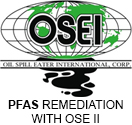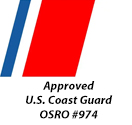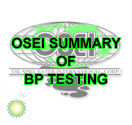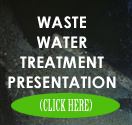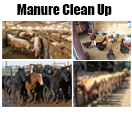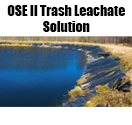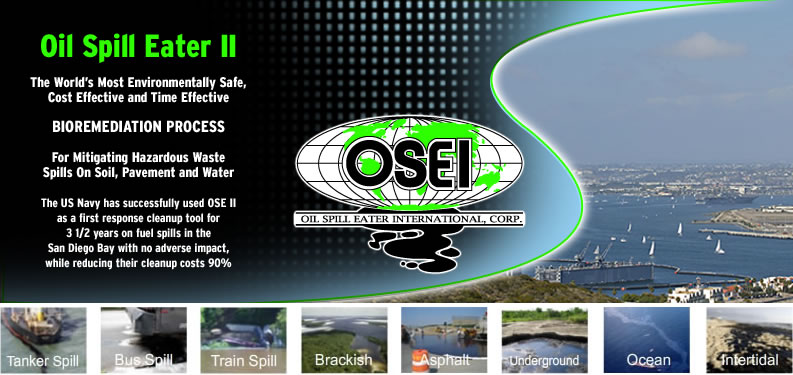
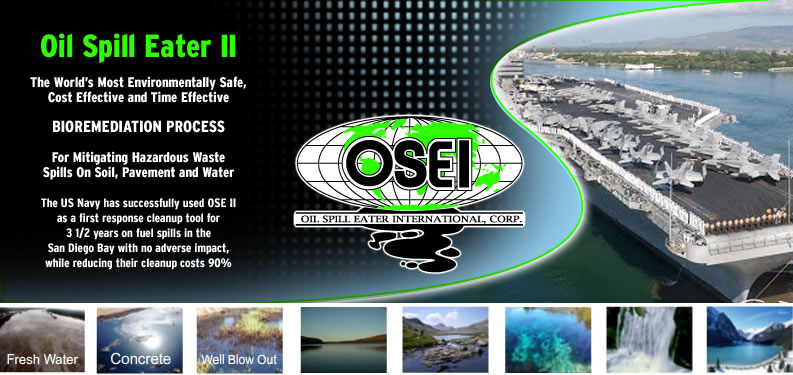
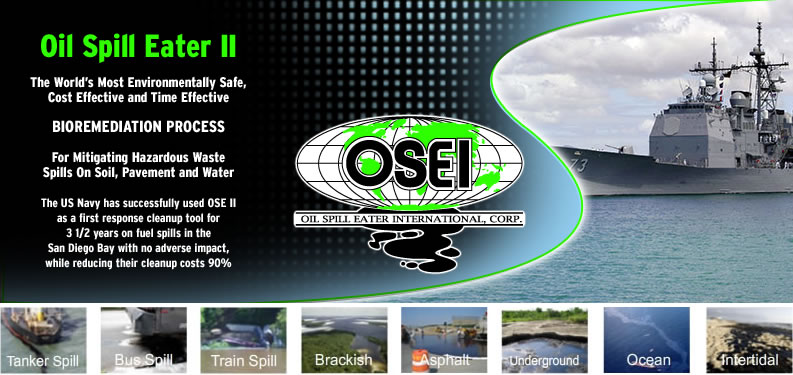
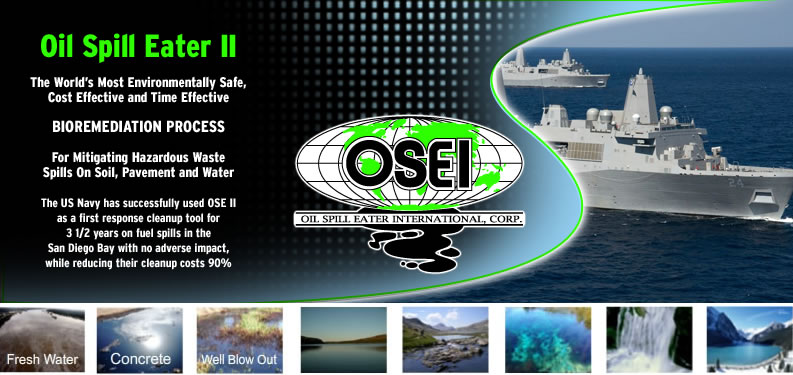
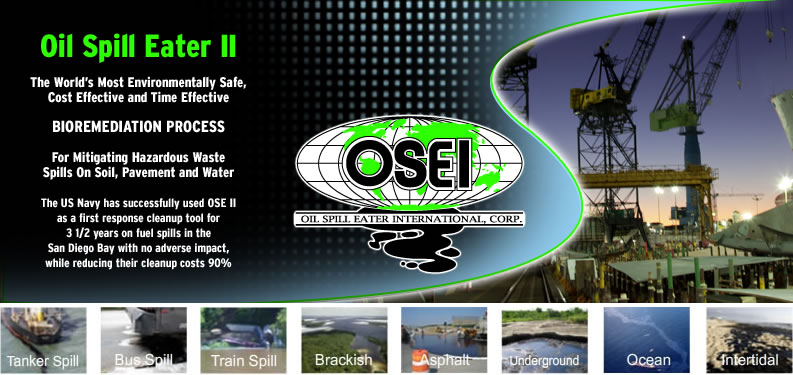
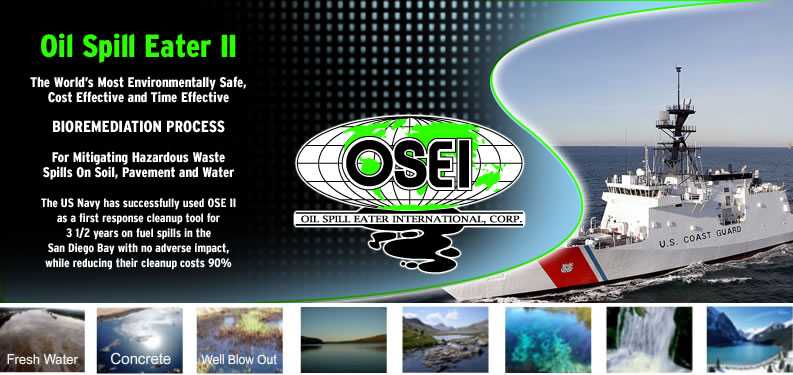
Government Tests
How to get a product on the US EPA NCP List LINK
Tests performed using the above protocol, which is one of the most comprehensive tests in the world for Bioremediation. The first two tests were a joint project to develop the above protocol, for getting products on the EPA NCP list. Mr. Steven Pedigo of the OSEI Corporation set in on the meetings held at the Hilton in Pittsburg, Pennsylvania in order to have input into the test development protocol. The first two tests were derived from this process.
OSE II showed a 98% reduction for total aromatics in 21 days. (US EPA NCP Test) PDF
US EPA NCP test two was a more stringent closed test, and depicts more of the process between EPA and NETAC, where OSE II showed a significant/huge reduction over the nutrient control. PDF
A similar test protocol for getting on the US EPA NCP List was used by Texas A&M University with great results as well as the first two tests above. PDF
The US EPA requested all products to retest for being placed on the US EPA NCP list, OSE II showed an 89.8% reduction for alkane, and an 89.6 reduction of aromatics, and shows a gravimetric reduction of 85.4% removal of oil, which is within the plus or minus 5% variance, this is the Listing of OSE II on the US EPA web site, which contains the technical information as verification of the lab results in the Bio Aquatic test, which was the administrative laboratory, where the test was actually performed at LSU, the EPA preferred lab, as the EPA supplied the oil. PDF
This test is shown in multiple areas under efficacy due to the broad group of participants involved with the testing. British Petroleum formed a group named the Bio Chem Strike Team (BCST). Under the direction of Dr. Tsao, BCST was established in response to the Deepwater Horizon incident by the Alternative Response Technology (ART) program. The BCST consisted of experts from BP, LSU, LDEQ (Louisiana Department of Environmental Quality), USCG (U.S. Coast Guard), OSPR (California), SCAT, and highly experienced oil spill response consultants. Furthermore, BCST operated in conjunction with advice from EPA and NOAA. This is a government overseen test, the results showed OSE II had a 80 and 79% reduction on alkanes and PAH’s, and Dr. Tsao stated the oil had toxic corexit 9500 attached to it as well, the test was based on the protocol for the NCP, and is the last test of the 5 test cited above based on the EPA NCP protocol. PDF
US EPA developed respirocity test, is one of the best bioremediation tests to measure reduction of aromatics and alkanes as well to measure the amount of O2 uptake and CO2 production as well as microbial activity, where the test confirms that bioremediation is actually occurring by correlating Percent reduction, with O2 uptake and CO2 production, and correlates the amount of bacteria available to carry out respiration, which correlates to Percent reduction. The Third party litigation lab was utilized as the test was developed by Dr. Al Venosa and from the US EPA who also supplied the oil for testing to the third party litigation lab. PDF
The EPA regional response team (RRT) tested OSEII in eight aquariums where the US EPA RRT VII tested Oil Spill Eater II (OSE II) on a very heavy, viscous waste oil utilizing freshwater from two different sources: the Missouri River and the Bue Springs Lake. Heavy oil such as this generally forms a heavy emulsion and is difficult to break down based on its normal properties. The OSE II aquariums showed a large reduction of the waste oil – 72.5% reduction on average in the Diesel Range Organics (DRO) and the Oil Range Organics (ORO) showed an average reduction of 73.5%. One aquarium showed a reduction just over 60%; however, there was a large spike for the last samples. Usually anomalies such as this are not considered. PDF
The US Department of Interior through solicitation number: M08PS00094, award number: M09PC002 through their Bureau of Ocean Energy Management and enforcement (BOEMRE) the old minerals management name paid for a study of dielectric oils ability to be dispersed, skimmed and bioremediated. An EPA National Contingency Plan (NCP) approved product, Oil Spill Eater II (Oil Spill Eater International, Corp.), was include in the experimental design. Bioremediation testing on Oil Spill Eater II (OSE II) has proven it to be effective at degrading highly- saturated crude oils in the laboratory. The tests showed how effective OSE II is at remediating oil even dielectric oil. The results showed over a 67% reduction in the oil in 28 days. See Link how effective OSE II is at remediating oil even dielectric oil. The results showed over a 67% reduction in the oil in 28 days. PDF
LITERATURE REVIEW ON THE USE OF COMMERCIAL BIOREMEDIATION AGENTS FOR CLEANUP OF OIL-CONTAMINATED ESTUARINE ENVIRONMENTS by
1Xueqing Zhu, 2Albert D. Venosa, and 1Makram T. Suidan, 2U.S. Environmental Protection Agency National Risk Management Research Laboratory Cincinnati, OH 45268. OSE II was the best product in terms of performance with the US Government testing. PDF
